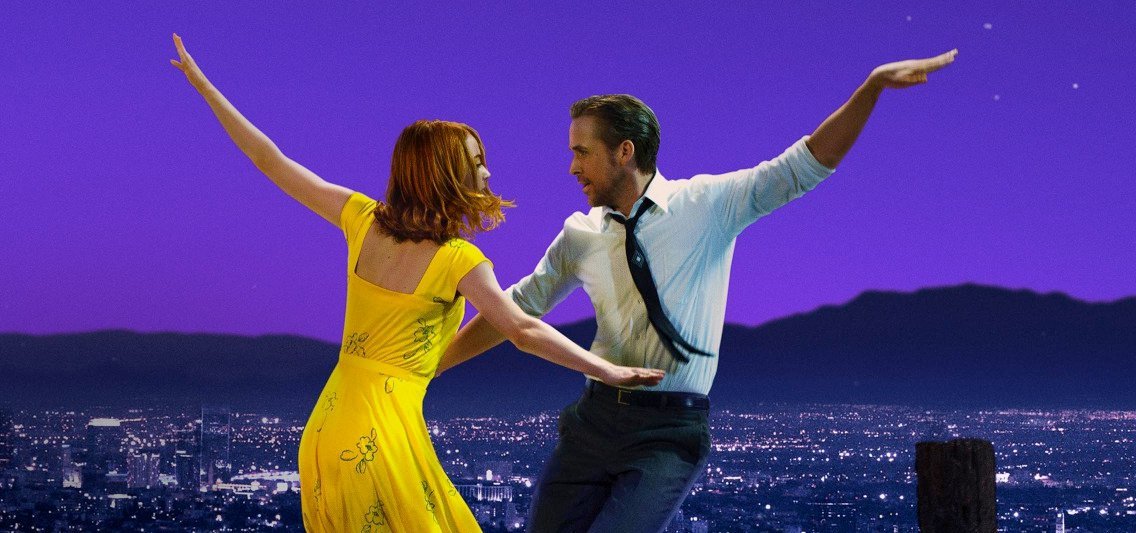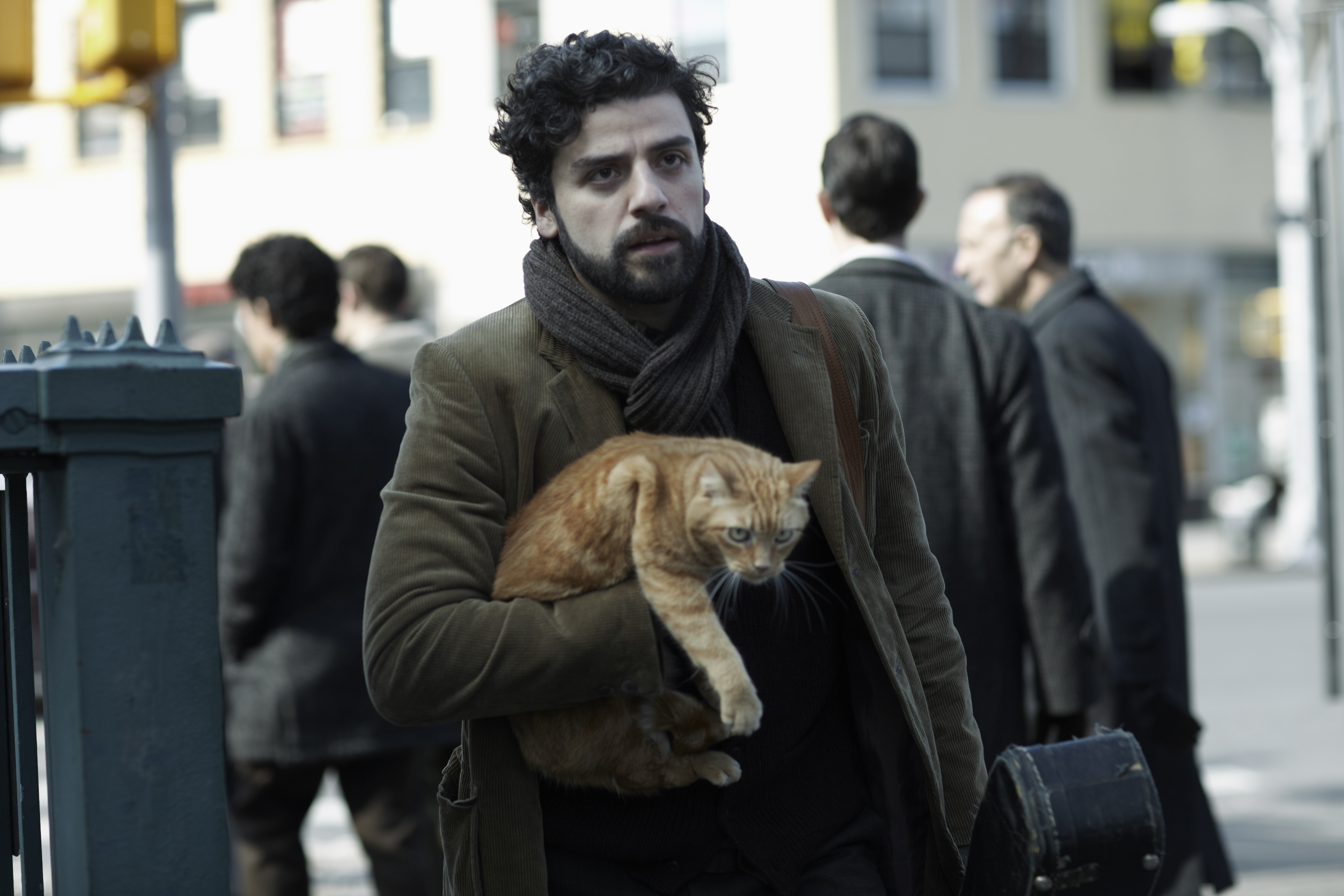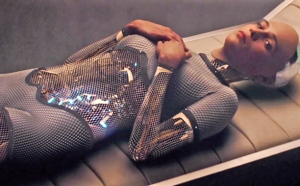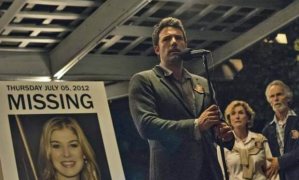There is nothing so grand as to speculate on than the infinite. In an infinite cosmos, everything falls within the realm of possibility, and that may be why science fiction is so enduring as an art form – it promises revelation. Science’s unfolding of the universe, freed from the morass of religious archetype, is the saga of modern spirituality that plays out in science fiction. Yet, there has always remained a quaint cautionary aspect to science fiction. Storytellers and audiences remain suckers for parable. As much as we crave escape into the unknown, we crave guidance from above. Christopher Nolan’s epic sci-fi film, “Interstellar,” explores the foibles of seeking either.
“Interstellar” is richly steeped in the classicism of science fiction, which is surprisingly hermetic as a genre. More often than not, science fiction stories are tales of apocalypse or transcendence, rocket-wreathed journeys of harrowing adventure. And like other sci-fi films before it, “Interstellar” walks familiar scorched earth. It is a cautionary tale, a vision of global apocalypse, in addition to being a Homeric journey of discovery. Yet “Interstellar” instantly defines itself as one of the landmarks of the genre. Transcendent and harrowing, it is probably the finest science fiction film produced in decades. What’s miraculous is how fresh Nolan makes his classically crafted science fiction feel, shaping it with absolute modernity. “Interstellar” is Nolan’s best film to date and most certainly among the most beautiful science fiction films ever made.
The screenplay, written by Nolan and his brother, Johnathan, is unabashedly intelligent. Not since Paddy Chayefsky’s “Altered States” has such high-functioning dialogue been chewed onscreen by geeks. And while its constructed as neatly as a pyramid, the layers of the story might seem confusing to some unwilling to invest in the journey. But for those who venture into “Interstellar” seeking revelation, the threads of the tale weave themselves deliciously back together by its conclusion.
Even as it fulfills the sci-fi purist’s quest for substance,”Interstellar” is also a grandly orchestrated piece of popular entertainment, driven by family drama, suspense, and moments of blazing action. It’s a complex film, ambitious in its artistry, yet a film that mainstream audiences won’t feel put off by. Clocking in at nearly three hours in length, “Interstellar” is also a marathon of a movie. It’s a movie for the bingeing generation. Yet its length is befitting the ambitions of its story and the stately verisimilitude of Nolan’s mise-en-scène.
“Interstellar” is set in the not-so-far away future when a dust storm-whipped Earth teeters on extinction. It’s not greenhouse gases or oil reserves that have done in mankind, but a vegetative blight starving out nations and throwing the planet’s O2 levels into chaos. Nolan wisely does little finger-pointing (Monsanto, anyone?) or proselytizing in his story. It suffices to say that the world is quickly going out with a whimper, not a bang.
In Nolan’s hands, the quiet apocalypse is revealed with the poignancy of a Dorthea Lange photograph. There are no huge scenes of turmoil or writhing, starving masses. Nolan paints his tale deftly, working like a watercolorist in suggestive strokes to create a picture of what has transpired: a line of dialogue referencing the dismantling of world’s armies; a parent-teacher conference lamenting dwindling resources. In most people’s lives, outside disasters are barely a topic of conversation, while the inner turmoil of family life is their focal point. And that’s how Nolan spins his epic, holding steadfastly to the personal intimacy at its core. It’s a smart decision by Nolan that keeps “Interstellar” grounded, despite an aspiration to opening a door on the cosmos.
The film opens with a series of taped “historical” interviews delivered by septuagenarians looking back on the last days of life on earth. The device sets up a tone of weighty realism that Nolan works hard to maintain throughout the film. Of particular note is Nolan’s handling of his space scenes. The trend in contemporary films, where the wonders of CGI are able to render incredibly complex worlds, has been to wow audiences with size and scope. Here, Nolan gives us close, tight shots of his ships, like the fleeting images of separating stages captured by onboard cameras in early NASA missions. It’s a clever, convention-shedding technique that, again, keeps the film feeling real. On the other hand, there are scenes of such dazzling spectacle and kinetically-charged action that you will be gasping as if the air in your space suit has run out.
The big moments of planetary splendor even outshine the seminal work Kubrick did in “2001: A Space Odyssey.” Jaw dropping images of tumbling spacecraft spinning through the rings of Saturn, helpless and dwarfed by the giant denizens of our solar system, are breath-taking. Those seeking a visual trip to space won’t be disappointed: planetary splendor is on plentiful display. And the special effects depicting where no man has gone before — through the mystery of worm holes and black holes — coupled with Han Zimmer’s blistering score that nearly renders you unconscious at times, are cosmic thrill rides that you won’t soon forget.
The story’s hero, Cooper, a former test pilot, lives in a plain state where dust storms regularly obliterate the landscape. Instead of turning these storms into set pieces for frenzied action, Nolan has his townspeople simply flick on their windshield wipers and continue gamely through these storms of biblical proportion. It’s an interesting choice that plays against the cliches of the action genre — a reasoned response — exemplifying the well-thought nature of Nolan’s creation. A lesser director would have responded with a melodramatic Hollywood reflex.
Cooper has shed his wings to become what a world with a shriveling food supply now needs most — farmers. Matthew McConaughey gives a terrifically layered performance in the role, embodying it physically and spiritually. His sun-baked, sinewy frame suggests the earth’s desperation, and his down-on-the-farm accent captures that nonchalant drawl heard so frequently over an airplane’s cabin speaker. But Cooper is an amalgam — half devoted scientist; half stick-and-rudder man — which makes his transition from tractor driver to navigator of black holes believeable. McConaughey projects just the right inner intensity as a former pilot who is still haunted by the call of the sky. Like John Wayne in “The Searchers,” he is a spiritual wanderer unable to settle down quietly on a homestead. He quietly rejects the government’s call to abandon man’s loftier ambitions of exploration and embrace agrarian simplification. When he is told at a school meeting that his son’s future will never rise beyond one of tilling the earth, McConaughey’s inner conflict while relaying the news to his son is heartbreaking.
And like a hero fated to action, the call does come for Cooper to return to the skies. He is asked to pilot an interstellar spacecraft in search of humanity’s new home. The decision is an agonizing, if a likely pre-ordained, one for the devoted father substituting as both parents. And the situation is worsened by his daughter’s (Mackenzie Foy of the “Twilight” series) refusal to forgive his abruptly leaving the family. Their abbreviated relationship provides a core to the story that is painful yet essential in ways to be revealed.
It is here that Nolan lays down his particle physics and turns to his metaphysics in a storyline that suggests the greatest self-perpetuating force in the universe is our spiritual bond to each other. Unlike Kubrick’s orgasmic Nietzschean rendezvous at the finale of “2001” with the supreme being, Nolan turns to Jung’s animus and anima, the masculine and feminine archetypes of the subconscious mind, for his own unifying theory. Kubrick has always been accused of being an icy thinker, but it’s here that Nolan proves himself to be the man of science, at least psychology. And Cooper’s voyage to the edge of a black hole, where time bends like a willow front, is cleverly played out in context of the chasm of separation between father and daughter. Their love and loss transmitted over the years in melancholy, one-sided electronic messages, is perhaps another parable for our times.
Nolan has always loved playing with the structure of his films, framing them like Chinese puzzles and “Interstellar” is no different. But he does it here with such subtlety and well-defined logic that there’s no overly clever feel to his devicing in “Interstellar” — the story feels natural and inevitable and works perfectly within the genre of science fiction. Cooper and his daughter’s relationship neatly follows Nolan’s themes of mobieus strip we sometimes walk though life.
“Interstellar” is in the vein of the “Golden Age” stories of science fiction, what has been called “hard science fiction.” Those works include the visions of authors like Asimov, Clarke, Silverberg, Pohl and the countless other practitioners who took scientific accuracy as the cornerstone of their works. In their stories, the astounding meets reality on a playing field of fantasy; but a playing field effectively sowed by science. I was not a fan of Nolan’s “Inception” because I thought it failed at a key tenant of science fiction: believability. The science needed to justify my leap of faith its cosmos wasn’t there. But “Interstellar,” despite voyaging near the edge of incredulousness, works. Nolan remains true to the rules, and he does so with with an artistry seldom seen outside the masters of the genre.
Further establishing that Nolan set out work within the classicism of the genre is the presence of a staple of the science fiction in “Interstellar”: the robot. That Nolan would write in a part for a trusty mechanical friend (or foe, depending on the film), warmed the cockles of my heart. And his creation, TARS, is a worthy and memorable addition to the canon of great screen automatons, alongside Robby, HAL9000 (though some would quibble HAL didn’t get around much), Andrew (Bicentennial Man), AMEE (Red Plant Mars) and R2D2. His transformation from a walking ATM into a machine of war during a rescue mission will astound you.
If, like myself, you almost instinctually sense the influence of other films, the devoted science fiction fan may pick up on the cosmic vibe of a few classics while watching “Interstellar.” Yet, they are only the faintest glimmer here and there, and they are brilliantly distilled. But that’s almost to be expected in a genre as closely structured as science fiction. And there is no need to go hunting for inspirations here, because “Interstellar” is inspiring on it’s own. It’s an accomplishment by a master filmmaker who has challenged himself to draw between the lines after expanding those boundaries so dramatically earlier in his career.
Christopher Nolan’s “Interstellar” is superb entertainment and a revelation about how good a much-loved genre can be in the hands of a master.






